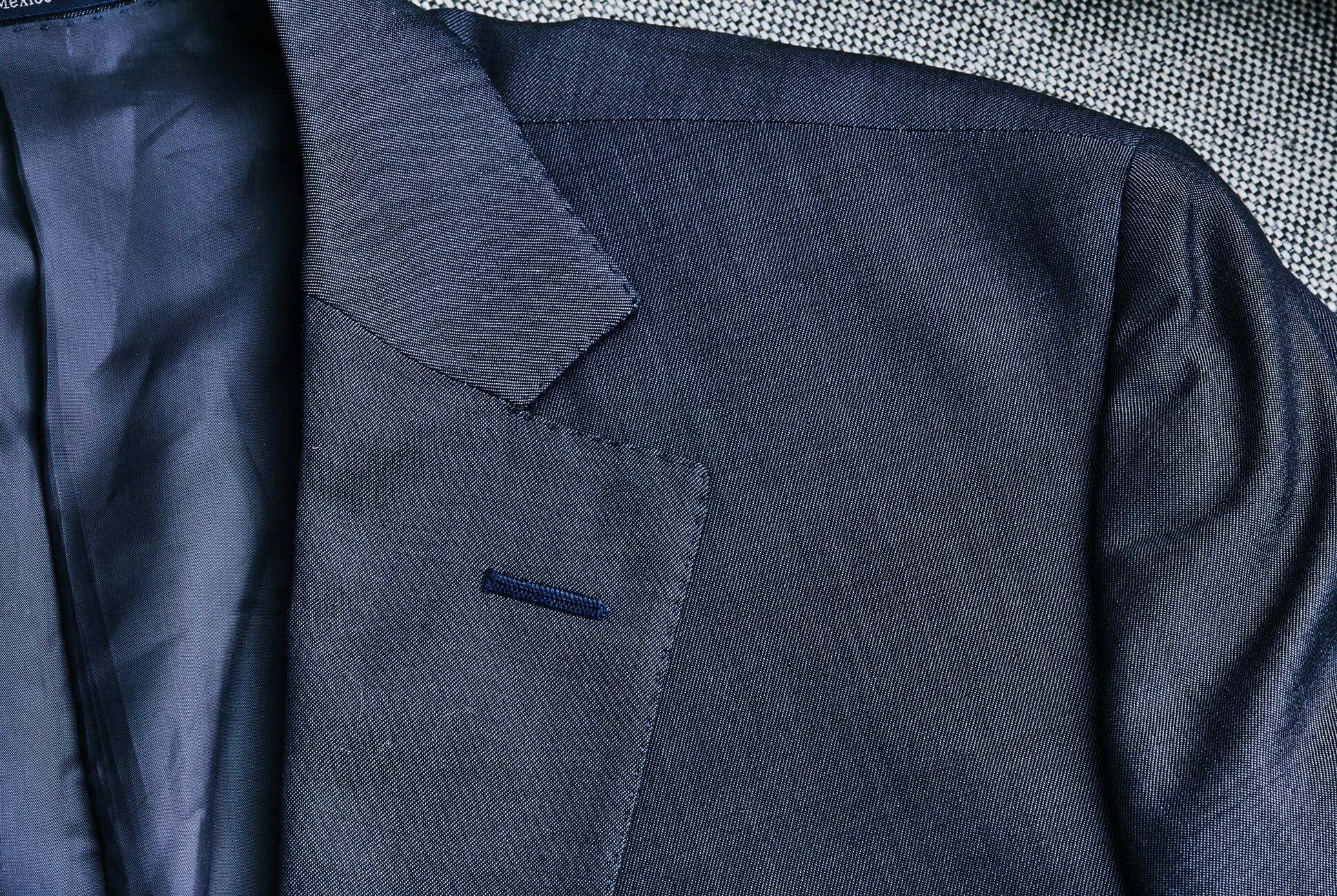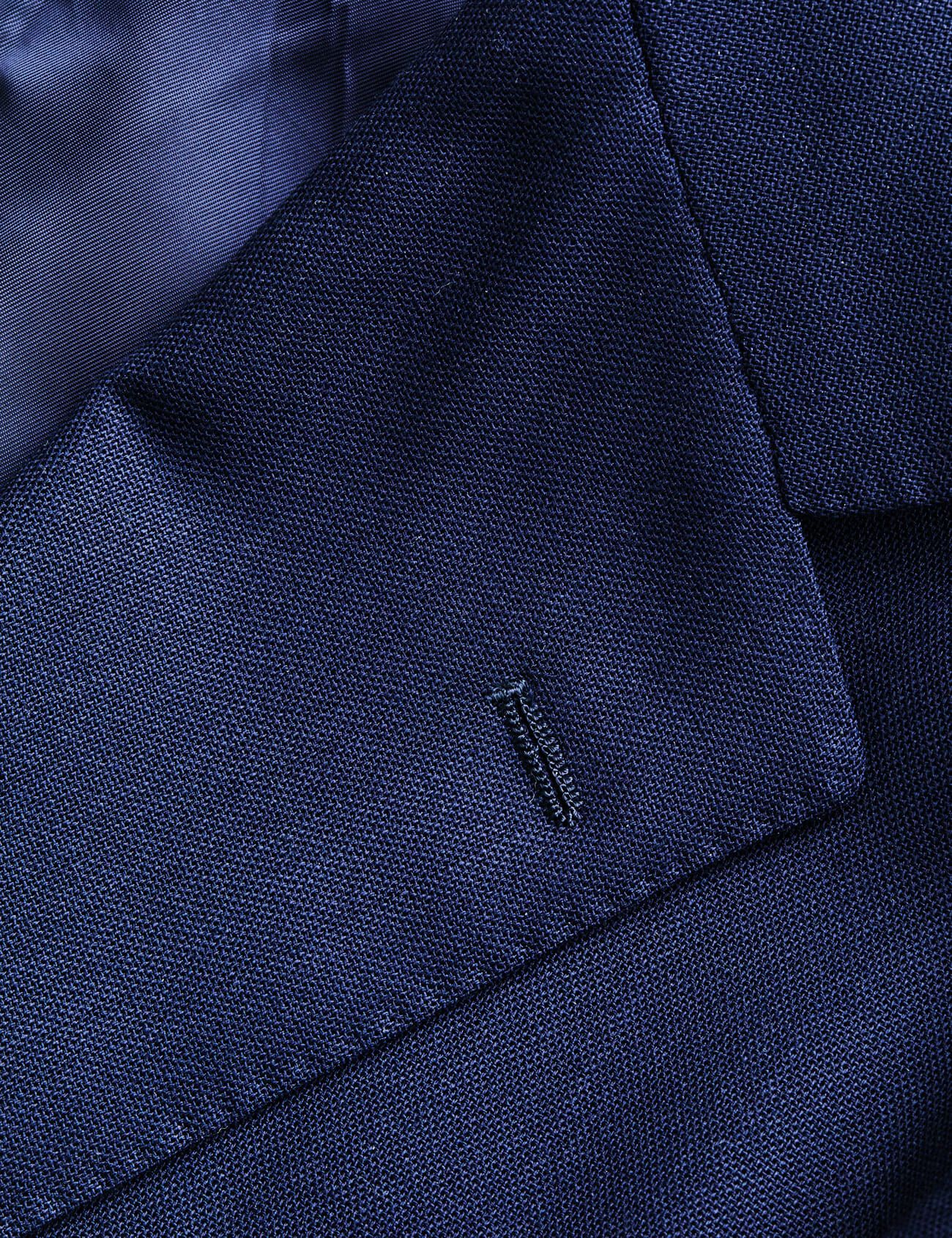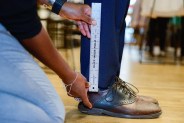As you suit up, for work or perhaps a summer wedding, you might notice a small detail as you button up your jacket — a rogue buttonhole near the notch of the lapel.
The buttonless buttonhole is definitely there, even if it is sewn shut with no discernible way to open it without ruining your only good suit. You look to the other lapel, but it’s completely smooth, void of any clues.
However, a suit jacket isn’t the only place you’ll find an unpartnered buttonhole. You can find this lonesome detail on pea coats, military shirts, camp shirts, hunting jackets and more.
To trace the origin of the lapel’s buttonhole, you’ll have to go back to the beginning of lapels themselves.
History of the suit lapel
The earliest lapels were first seen in the 1800s, during the Victorian Era. Prior to this, men wore frocks with high collars, buttoned all the way to the top. When the weather would get too hot, men would relax their button stance, turning down their collars and leaving the top button undone.
Not only would this maneuver provide some respite from the swelter, it would also result in symmetrical folded-over flaps at the chest which would evolve to become what we recognize today as a lapel. In fact, the word ‘lapel’ is derived from the Old English laeppa, meaning ‘flap of cloth’ or ‘piece of cloth’.








